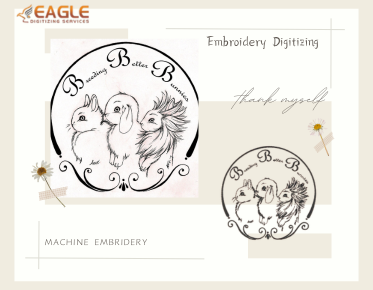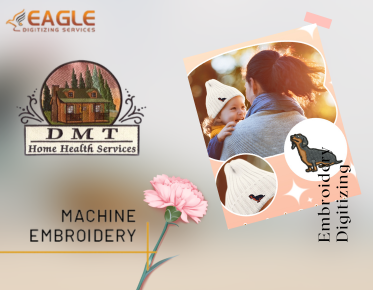How is Environmental Sustainability Influencing Color Choices and Themes in Vector Design?
In recent years, the influence of environmental sustainability on design has become increasingly evident. This trend is particularly noticeable in the realm of vector design, where color choices and themes are being significantly shaped by a growing awareness of sustainability. Human's relationship with the environment is complex and multifaceted, and as we have become more conscious of the ecological impact of our actions, this awareness has begun to infiltrate the world of design. Designers today are using their artistic influence to promote sustainability through their choice of colors and themes, aligning with a broader cultural shift towards environmental responsibility.
The Rise of Green Design
There is a noticeable trend towards using "eco-friendly colors" in vector design. These colors, which include greens, blues, browns, and earth tones, are inspired by nature and are meant to evoke a sense of serenity and environmental care. Green design is more than just a color scheme; it is a reflection of the growing commitment to ecological consciousness. By choosing a palette that symbolizes sustainability, designers are not only adhering to popular trends but are also sending a message about the importance of caring for our planet.
Color Psychology and Sustainability
The psychology behind color selection in design is well-documented. Colors can evoke different emotional responses, and when it comes to sustainability, earthy tones are being leveraged to evoke feelings of stability, reliability, and natural beauty. For instance, vector art services online use various shades of green to symbolize renewal and growth, concepts closely linked with sustainability.
Minimalism and Eco-Friendly Design
In addition to specific color choices, themes in vector design are also shifting towards minimalism. A minimalist design typically employs a more restrained color palette and emphasizes functionality, promoting a cleaner, more environmentally friendly aesthetic. Minimalist designs reduce clutter and embellishments, which aligns well with sustainable design principles. This reduction of elements not only decreases material usage when physical products are concerned but also leads to clearer and more impactful visual communications in digital realms.
Using Vector Graphics for Sustainability
Vector graphics inherently support sustainable graphic design practices due to their scalability and efficiency. Unlike raster graphics, vector images do not lose quality regardless of size, which means that designers and businesses can repurpose visuals without generating extra waste. Raster to vector company services enable businesses to convert images into scalable vectors, offering a sustainable solution for graphic needs.
Engaging with Nature Through Design
Designers are also engaging with themes that invoke nature directly, incorporating elements such as foliage, flowers, and landscapes into their work. This is a form of biomimicry, where design takes direct inspiration from the natural world. By doing so, designers can create work that subliminally reinforces the bond between humans and their environment.
The Role of Eagle Digitizing
Eagle Digitizing offers a comprehensive suite of vector design services, specializing in the conversion of raster to vector graphics, which supports sustainable design practices by ensuring designs are scalable and reusable across different platforms and materials. Their expertise in vector conversion services allows for the production of high-quality, eco-conscious design elements that can be easily adapted and reused, minimizing waste and maximizing efficiency.
Industry Impact and Future Directions
Environmental sustainability is poised to continue influencing vector design well into the future. As our society increasingly prioritizes sustainability, businesses and designers will be tasked with finding new ways to integrate eco-friendly practices into their work. This trend is not only beneficial for the environment but also aligns with consumer demands for more responsible and forward-thinking designs.
Looking forward, as technology advances and awareness grows, we can expect to see an even greater variety of sustainable materials and methods being applied in vector design. The challenge and opportunity lie in continuously inventing and adapting to new standards of sustainability and ecological mindfulness. Designers are in a unique position to lead this charge, reshaping how we visualize and interact with the world around us, all while keeping environmental stewardship at the forefront of their creative processes.
.png)


